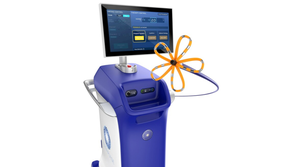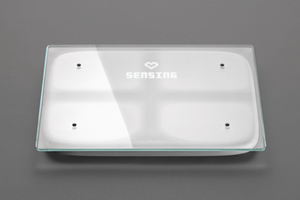January 1, 1996
Medical Device & Diagnostic Industry Magazine | MDDI Article Index
Originally published January, 1996
Do you remember FDA ever officially withdrawing a warning letter or its equivalent? Medical device attorney Larry Pilot of the law firm McKenna & Cuneo (Washington, DC), says he cannot--which makes a letter he recently received unique. "In light of our recent review," it stated, "we now believe that the September 19, 1994, Warning Letter that was issued to Laerdal was not warranted. This correspondence will become part of the official agency record. Sincerely yours, Ronald G. Chesemore, Associate Commissioner for Regulatory Affairs."
The letter concerned a controversy that arose from an inspection conducted by FDA's Seattle district at Laerdal Manufacturing Corp. (Tualatin, OR) in May 1993, which resulted in a preliminary injunction suit citing the company for GMP violations. FDA lost that suit, but responded to its setback by issuing a warning letter on September 19, 1994, that alleged that Laerdal was marketing unapproved devices. Pilot replied to the warning letter with a unique petition citing Laerdal's court win and seeking to assert the doctrine of res judicata, the civil court equivalent of double jeopardy. FDA granted most of the petition, but declined to formally withdraw the September 19 warning letter. Pilot insisted on this withdrawal in another letter in August 1995. Chesemore finally yielded a month later in the terse response quoted above.
James G. Dickinson is a veteran reporter on regulatory affairs in the medical device industry.
About the Author(s)
You May Also Like


